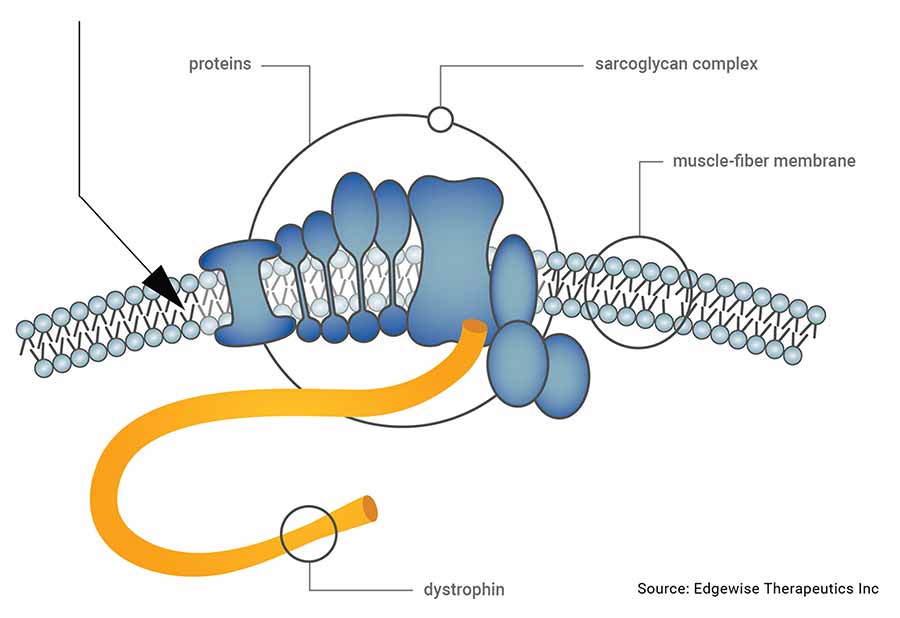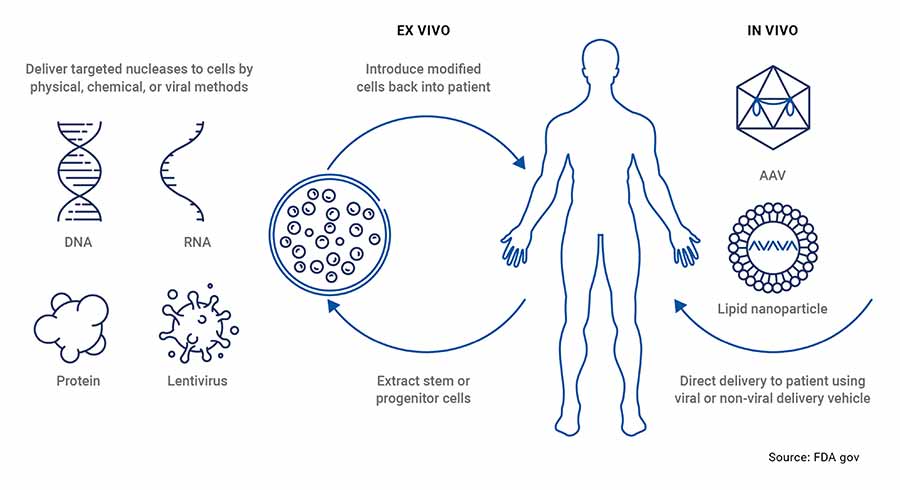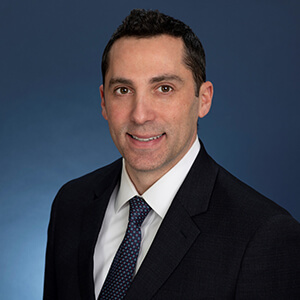Published August 9, 2022 | 3 min read
Key Points
- Innovative genetic approaches and small molecule treatments offer potential to deliver patient benefits in diseases that have been historically challenging to treat.
- We see growing opportunities for biotechs to address many movement and neuromuscular disorders, such as dystrophies and ataxias.
- Around 50 public and private companies are active in this field, and potentially poised to gain from new orphan markets.
- Many approaches are in the early stages, but emerging evidence and accelerated approval pathways could support breakthroughs in late 2022 and 2023.
Tackling disease, not just symptoms
Neurological disorders are a challenging area. This is especially true of muscular dystrophies and ataxias. For people with these progressive and often lethal diseases, treatments to date have frequently been limited to symptom relief. However, leaps in disease understanding and growing validation of next-generation approaches now offer the potential to address these conditions more effectively.
New treatments are being developed by an expanding set of biotech players. Genetic therapies offer the potential to address the disease biology at the source, if they can overcome durability and safety questions. Small molecule treatments may be easier to administer, but may require long-term dosing and lack the ability to address all aspects of the disease.
Multi-billion market potential
We have identified a dozen trials launching in 2022, and over 60 current programs in development for ataxias and dystrophies. Many of these approaches are in the early stages, but given accelerated approval routes, some companies stand to unlock multi-billion dollar opportunities.
Our analysis of the trials under way, in the context of disease biology and past attempts to address these diseases, has highlighted some of the potential winners.
Muscular dystrophies: DMD and BMD
Duchenne (DMD) and Becker Muscular Dystrophy (BMD) are lethal conditions characterized by progressive muscle wasting, loss of mobility and heart disease. They have the same root cause: low levels of the protein dystrophin.

While steroids can offer short-term benefits, the current range of treatments for DMD and BMD is poor. However, a variety of next-generation therapies are now emerging:
- Exon skippers are an ASO treatment designed to address the underlying disease pathology by creating a more functional dystrophin protein.
- Gene therapy offers potential for a functional cure if patients are treated early enough, though there are safety concerns and long-term durability is uncertain.
- Gene editing approaches are in early development.
- Small molecule therapies offer the potential to address BMD and DMD through convenient oral dosing.
LGMD: emerging therapies
The effects of Limb Girdle Muscular Dystrophy (LGMD) can vary from mild disability to significantly shortened lifespan. We expect treatments for this condition to evolve significantly by the mid-2020s.
Gene therapies have the potential to replace fully functional LGMD genes and significantly restore function. However, the need for a unique treatment for each subtype of the condition will increase development cost and time.

Other dystrophies: multiple approaches
The most common form of Myotonic Dystrophy causes muscle wasting, cataracts and heart disease. The genetic cause of this condition is well established; the nature of the gene mutation lends itself well to ASO approaches.
Small molecule approaches are also at different stages of development. These range from symptom treatments to possible functional cures. There is also the prospect for gene editing to treat Myotonic Dystrophy.
Facioscapulohumeral Muscular Dystrophy (FSHD) is the second most common muscular dystrophy, affecting an estimated 20,000 U.S. patients. Only a handful of biotechs are currently active in this space.
Limited progress has been made on other, rarer muscular dystrophies and myopathies, which creates an area ripe for further development.
Movement disorders: next-gen potential
There is competition to find treatments for movement disorders too. Most clinical work has focused on Friedreich’s Ataxia, a rare genetic disorder, and Spinocerebellar Ataxia, a diverse class of movement disorders.
In Friedreich’s Ataxia, there is a clear link between levels of the protein frataxin and disease severity. We see frataxin replacement and gene therapy as promising approaches and several companies are in preclinical studies. There are also multiple trials of small molecule approaches which offer the potential for combination treatments.
Treatments may develop over the next decade to address a number of other ataxias. These include Leigh’s Syndrome, which affects motor function in young people and drastically reduces lifespan, and Multiple Systems Atrophy, a rare condition with no current approved treatments.
Outlook: the picture clears
As the volume of clinical data mounts this year and next, we expect greater clarity on which treatments are likely to be most effective for patients. There should be a wealth of catalysts that can demonstrate proof of concept for both platform technologies and previously difficult to treat diseases – setting up the neurology subsector for a value inflection point.
Leonid Timashev and Brian Abrahams authored "RBC Imagine: What's New in Next-Gen Neuro," published on April 13, 2022. For more information about the full report, please contact your RBC representative.


